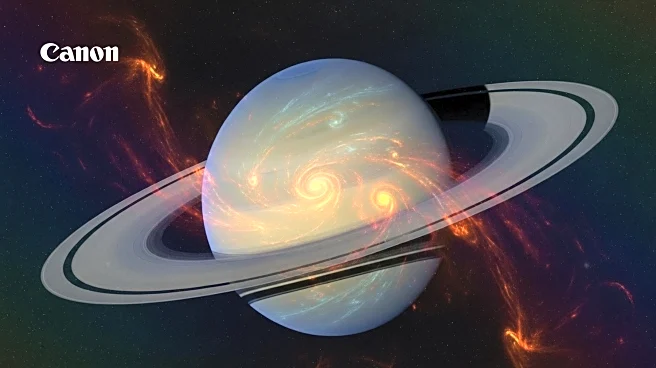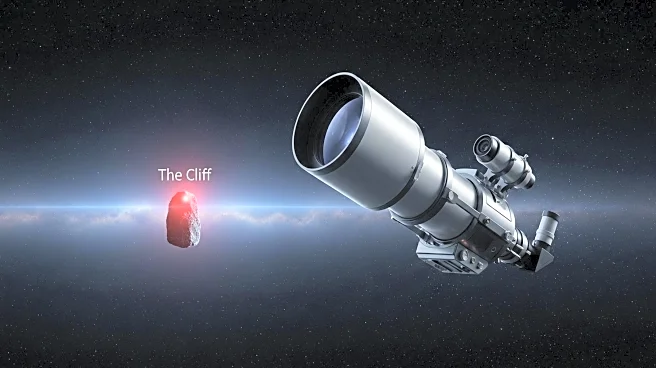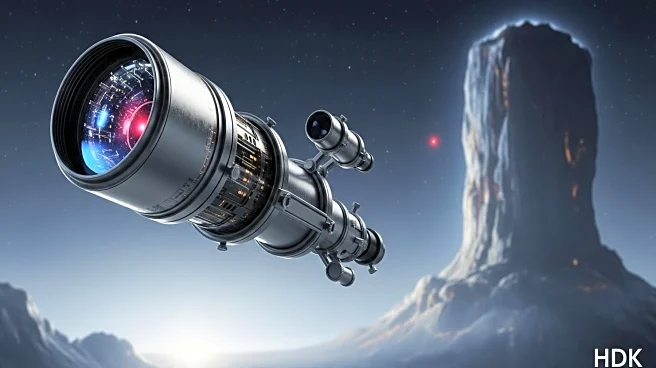What's Happening?
The James Webb Space Telescope (JWST) has provided unprecedented insights into Saturn's atmosphere, revealing complex and mysterious features previously unseen on any planet. During a continuous 10-hour observation period, researchers observed dark, bead-like features within bright auroral halos in the ionosphere, and a star-shaped asymmetric feature in the stratosphere near Saturn's north pole. These findings suggest a possible interconnectedness between different atmospheric layers, potentially linked to deeper atmospheric processes. The study, led by Tom Stallard of Northumbria University, was presented at the EPSC-DPS2025 Joint Meeting in Helsinki and published in Geophysical Research Letters.
Why It's Important?
These discoveries are significant as they offer new insights into the atmospheric dynamics of gas giant planets, which have been difficult to study due to weak emissions. The JWST's sensitivity has revolutionized the ability to observe these atmospheric layers, revealing structures unlike anything seen before. Understanding these features could provide valuable information about the energy exchange driving Saturn's aurora and the atmospheric processes linked to the hexagonal storm pattern observed deeper in Saturn's atmosphere. This research could enhance the scientific community's understanding of planetary atmospheres and their complex interactions.
What's Next?
The research team hopes to conduct follow-up observations with JWST to further explore these features, especially during Saturn's equinox when the structures may change dramatically. This period of seasonal change is crucial for understanding the dynamics of Saturn's atmosphere. Additional observations could help clarify the relationship between the ionospheric beads and the stratospheric star arms, potentially leading to new discoveries about atmospheric processes on gas giants.










